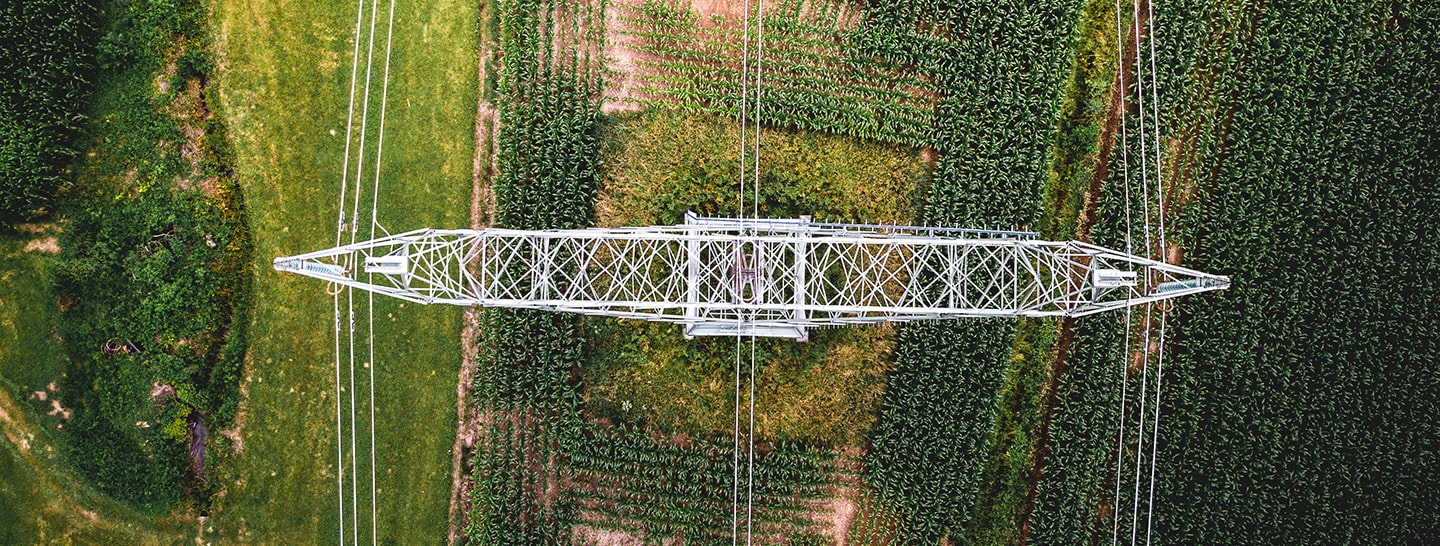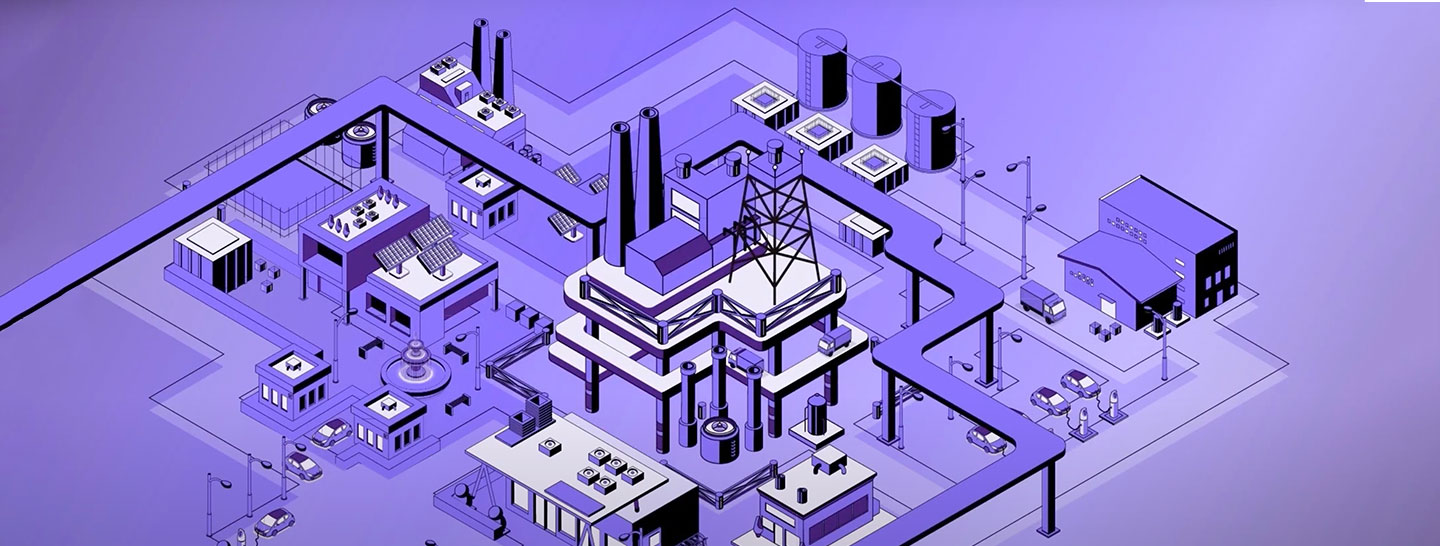
Breaking new ground in energy storage

One and half-century later, research and innovation focusing on how to store energy, generated increasingly advanced, efficient, sustainable and intelligent energy storage solutions.
By today’s standards, Planté’s idea surpassed Volta’s, as it allowed the same battery to stockpile energy, ushering in an era of applications that vary significantly, based on their composition and the processes they generate, but all in all, both battery types are now a regular presence in our daily lives, as they power instruments, devices, and machines that define the contemporary way of living.
Storage systems: energy becomes even bigger
The invention of the first rechargeable battery by French physicist Gaston Planté dates back to 1859. This advancement came 60 years after Alessandro Volta’s breakthrough invention of the electric battery, leading the way to the 19th century’s electric revolution, drawing immense praise from none other than Napoleon Bonaparte.
One and half-century later, research and innovation focusing on how to store energy, generated increasingly advanced, efficient, sustainable and intelligent energy storage solutions.
The energy revolution in six stages

The Innovation Journey
From Volta and Planté to today’s high-tech wizardry, the journey of innovation has come a long way in energy storage solutions. The battery has become a smart device, harnessing software power to manage flows and the abovementioned services, and today’s battery is all about intelligent energy storage.
The journey is still ongoing, and as Li-ion batteries and AI are gradually strengthening their ties, the goal to create a new model for sustainable development is getting closer, fostering the opportunity to share energy conservation tips for businesses and consumers - the so-called C&I - and offer cost-effective energy storage business models and solutions for their energy needs entailing resilience, flexibility, efficiency and convenience.








